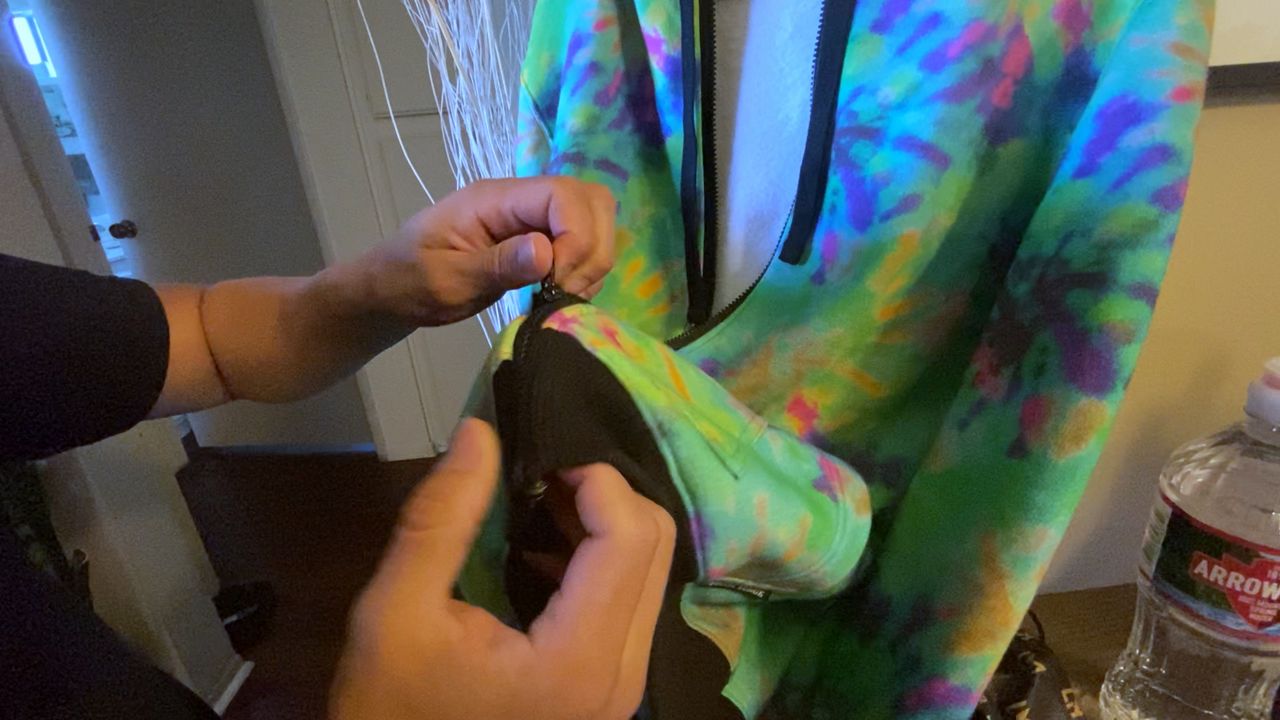LOS ANGELES — One wrong turn while mountain biking took Danny Gomez from bike to wheelchair five years ago.
“It was more of like a straight drop down, and I hit the ground. I blacked out for a minute or two,” Gomez said. “I couldn’t feel anything.”
That’s when he began his journey to rebuild his mobility, strength and self-confidence. According to the CDC, nearly one in four Americans live with a disability that impacts their vision, mobility or self-care. But as he began to adjust to his wheelchair, he realized he couldn’t find clothes that not only fit his style but were designed with his disability in mind.
“One of the ways that I tried to help myself in my confidence was with the way I dressed. But then I noticed the clothes that I used to have didn’t look right. Like, either my pants didn’t look right because my legs have atrophied from the accident. My shirts were too tight, you know, around the stomach,” he said.
He shared his concerns in a YouTube video that caught the attention of an up and coming inclusive fashion brand called Social Surge. The brand creates modern clothing with suggestions from those who have disabilities like Gomez. Meredith Aleigha Wells is a co-founder of the brand. Wells shared that adaptive clothing is out there, but function like magnetic zippers and braille tags haven’t been easy to find in modern clothing.
“I think, in general, the way fashion is set up, we design a t-shirt and then we find a consumer. At Social Surge, we flip that upside down and we take our consumer and we say, ‘OK. What do you want in a t-shirt? What do you need in this garment?’”
On a hanger in Gomez’s apartment is a tie-dye zip-up hoodie prototype of one of the brand’s designs. It features a magnetic zipper, front hoodie pocket to keep things from falling out the sides while sitting down and eventually, braille tags that will list size and color. For Gomez, it’s a sense of comfort to wear clothes he likes again.
“When somebody looks at me they won’t say, ‘Oh, he’s wearing adaptive clothing’ because it looks weird or looks different. It just, it looks cool and oh, what, it has a pocket in the front?” he said.
The brand is still working to get its start through a Kickstarter campaign with plans to bring the brand to store racks. Until then, Gomez will be a part of the designing process in hopes of being a voice for others.




